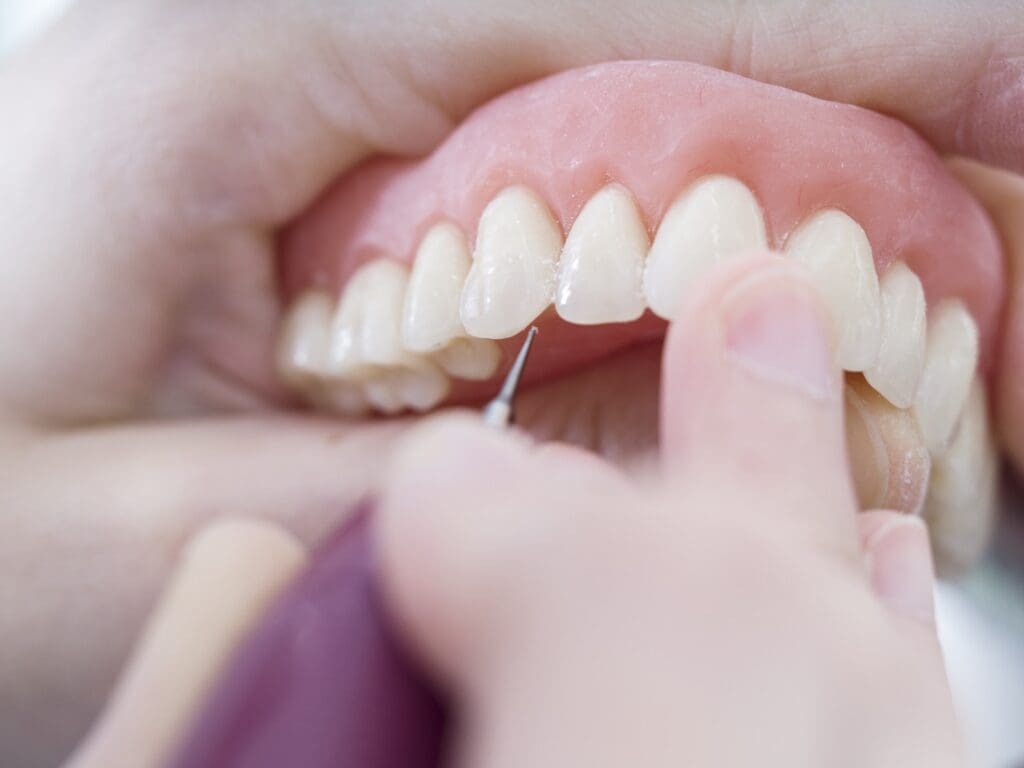What Are Complete Dentures?
Complete dentures (also known as full dentures) are used when all teeth in the upper or lower jaw—or both—are missing. These removable appliances sit on your gums and are custom-made to fit your mouth.
Key Features:
- Replace all teeth in a dental arch
- Typically made of acrylic resin
- Rely on suction or adhesive for support
- Must be removed and cleaned daily
What Are Partial Dentures?
Partial dentures are ideal if you still have some natural teeth remaining. These appliances fill in the gaps left by missing teeth and are anchored using metal clasps or precision attachments.
Key Features:
- Replace one or more missing teeth
- Attach to surrounding teeth for support
- Can be made of acrylic, metal, or flexible materials
- Removable for easy cleaning

Which Denture Type Is Right for You?
That depends on how many teeth you’re missing, your overall oral health, and your budget. A denturist or dental professional can assess your needs and recommend the best solution.
Bonus: CDCP Coverage for Dentures
If you’re eligible for the Canadian Dental Care Plan (CDCP), your dentures may be partially or fully covered. Find a CDCP provider near you to learn more about your options.